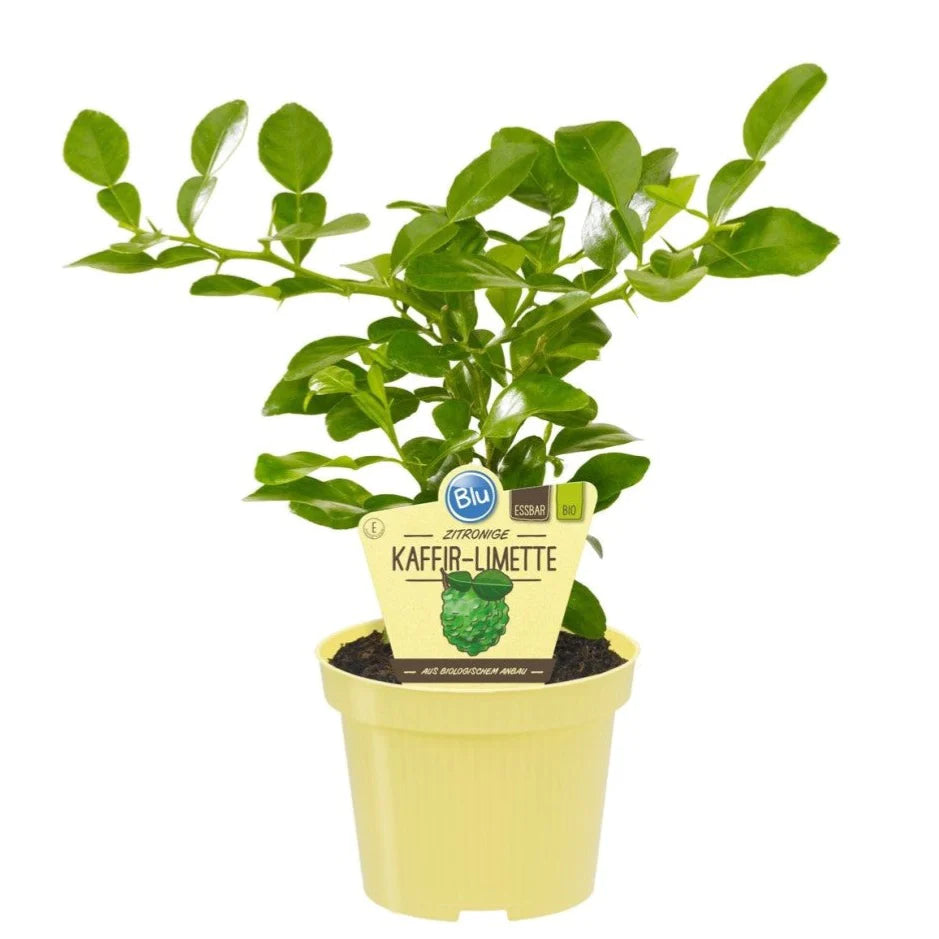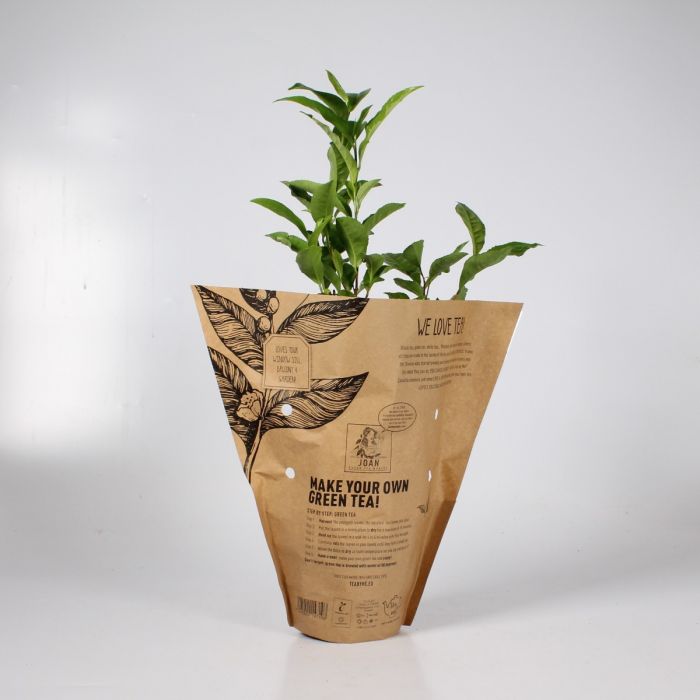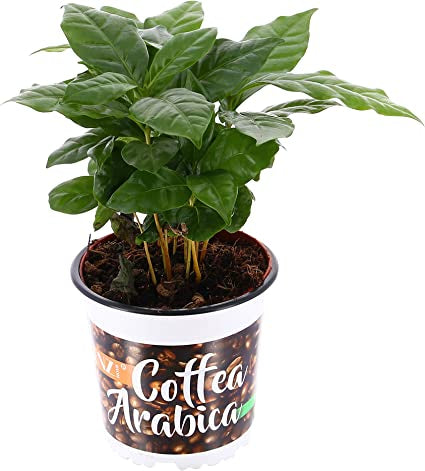Your Cart is Empty
FREE DELIVERY OVER £60
FREE DELIVERY OVER £60
PLANTS & FLOWERS
Office plants & Services
EXTERIOR PLANTING
CHRISTMAS TREES AND DISPLAYS
A Guide to Aroids
4 min read

You may be familiar with the term aroid or have heard it in reference to houseplants, but what actually is an aroid? The term aroid can be applied to any plant belonging to the family Araceae and includes a vast range of common houseplants that you’re probably familiar with!
Monstera
Monsterais a common and popular genus of plants that originate from the tropical regions of the South American continent. Thought to have derived from monstrummeaning monster in Latin, these hardy aroids make great houseplants due to being relatively fast growing and versatile.
Monsteraare naturally climbing plants and use surrounding trees and structures for support as they grow and can often become non-parasitic epiphytes (plants that live on other plants). They do this by producing long and thick aerial roots for support which you’ll often find on your monstera at home, in particular on Monstera deliciosa.Due to their climbing growth pattern, they prefer to be grown up on a moss pole or similar structure at home. Many species of Monsteraalso form fenestrations (holes or slits) in their leaves as they mature which is suspected to prevent large amounts of water collecting in the leaves due to the large amounts of rainfall received in their original habitats.
Some of the most common varieties of monstera that you can buy from plant shops are:
- Monstera adansonii (often mislabeled as obliqua)
- Monstera borsigiana(small form monstera)
- Monstera deliciosa(large from monstera)
- Monstera karstenianum sp. Peru(also known as Marble Planet)
- Monstera standleyana albo variegata
Philodendron
Philodendronis a very large and diverse genus of plant also native to the tropical regions of the South American continent, including the Caribbean islands. Many different species of philodendron have been used as houseplants for the last 50 years, with the list continuously growing as more rare and unusual types are becoming popular and accessible to collectors.
Similar to Monstera, these plants are also natural climbers that produce aerial roots to attach themselves on to other plants for support and can also become non-parasitic epiphytes as they grow up trees. The leaves of a philodendronvary significantly in appearance and some species can grow very large leaves when mature such as P. melanochrysum. These make great houseplants due to the wide variety of colours, shapes and sizes and the fairly easy temperament of the common species.
Some of the most common varieties of monstera that you can buy from plant shops are:
- Philodendron hederaceum var. oxycardium(also known as Scandens)
- Philodendron hederaceum ‘Brasil’
- Philodendron hederaceum var. hederaceum(also known as Micans)
- Philodendron‘Birkin’ (also known as White Measure)
- Philodendron hastatum(or Silver Sword)
Scindapsus
Scindapsus is a popular genus of small-climbing houseplants that have widely grown in popularity in the last couple of decades, with the market currently rapidly expanding as more interest has been expressed in rare or unusual species. These are thought to originate from some of the tropical regions of Asia including Malaysia, Thailand and Bangladesh to name a few. Their name is suspected to be derived from the Greek skindapsosmeaning ‘upon tree truck’ in reference to their growth pattern.
Scindapsusgenerally have fairly small leaves that do not increase significantly in size as the plant matures. They are also naturally climbing plants and will produce aerial roots to attach themselves onto other structures or trees for support although due to the small leaf size they also can happily grow trailing downwards. Many varieties of scindapsus are silver in colour with a silver shimmer which makes them very attractive as houseplants.
Some of the most common varieties of monstera that you can buy from plant shops are:
- Scindapsus pictus argyraeus(Satin Pothos)
- Scindapsus pictus exotica
- Scindapsus pictus‘silvery ann’
- Scindapsus treubii ‘Moonlight’
- Scindapsus treubii dark form
Epipremnum
Epipremnumis a genus of climbing plants which includes some of the most popular species of houseplant on the current market and are commonly bought as great ‘first houseplants’. This genus is native to the tropical regions of South-East Asia and is commonly known as ‘pothos’ due to it’s outdated taxonomy classification which has remained in common circulation, despite the genus being separate from the real Pothosgenus.
Epipremnum species come in many different colours and are naturally climbers that will grow up another tree or structure by attaching themselves with their aerial roots. They are fast growing plants in general and are happy to trail instead of climb which makes them very popular houseplants. If allowed to climb though with support, Epipremnum are also capable of producing fenestrations like Monstera however this is quite hard to achieve at home and is most common when grown outside in tropical countries.
Some of the most common varieties of monstera that you can buy from plant shops are:
- Epipremnum aureum (Golden pothos)
- Epipremnum aureum ‘Neon’ (Neon pothos)
- Epipremnum aureum ‘N’joy’ (N’joy pothos)
- Epipremnum aureum‘Marble Queen’ (Marble Queen pothos)
- Epipremnum aureum ‘Manjula’ (Manjula pothos’
Alocasia
Alocasia is a genus less commonly known as an aroid due to the differences with the other aroids discussed above. As with Scindapsus and Epipremnum, Alocaisa also originates from the tropical regions of South-East Asia, however they differ by being tuberous plants which grow from tubers (like bulbs) as opposed to climbing vines.
Alocaisa also grow in a different way to the other aroids discussed above as they do not climb up other plants or structures. They can only maintain as many leaves as the tuber below ground can support and so as the plant matures and grows, they are able to maintain a large number of leaves. These leaves also grow larger in size over time depending on the variety, with many popular hybrids remaining fairly small and compact to suit modern lifestyles and those who are tight on space. These plants can be slightly tricky houseplants to care for but have remained popular houseplants for the last half-century due to their striking appearance.
Some of the most common varieties of monstera that you can buy from plant shops are:
- Alocasia ‘Polly’
- Alocasia zebrina
- Alocasia cuprea (Alocasia Red Secret)
- Alocasia baginda ‘Dragon Scale’
- Alocasia baginda ‘Pink Dragon’
Leave a comment
Comments will be approved before showing up.
Subscribe
Sign up to get the latest on sales, new releases and more …













































